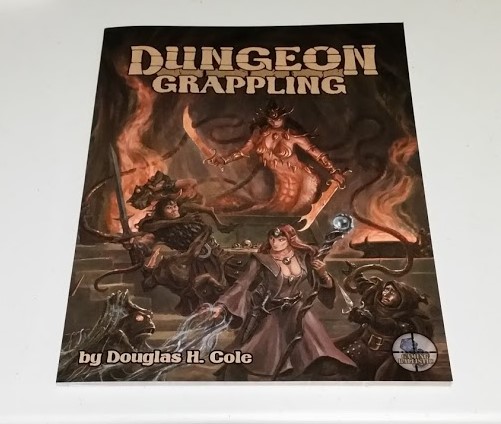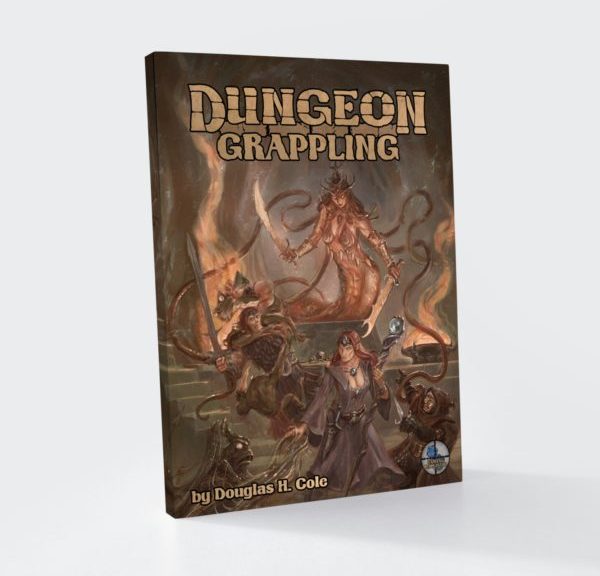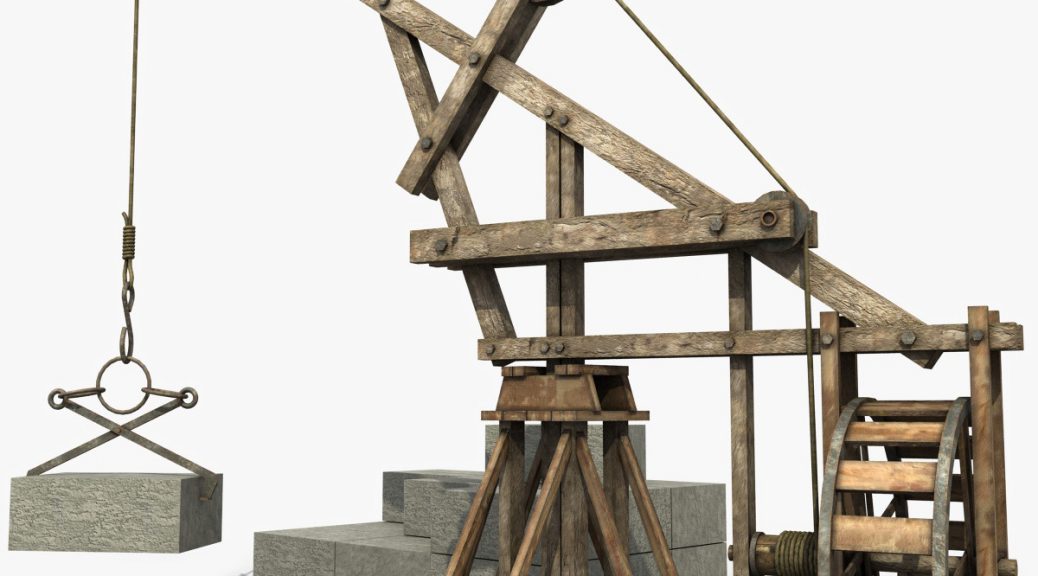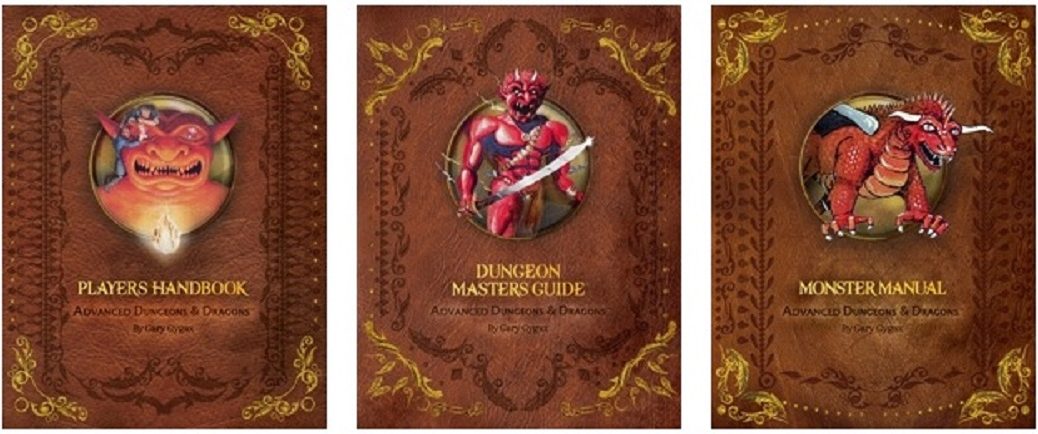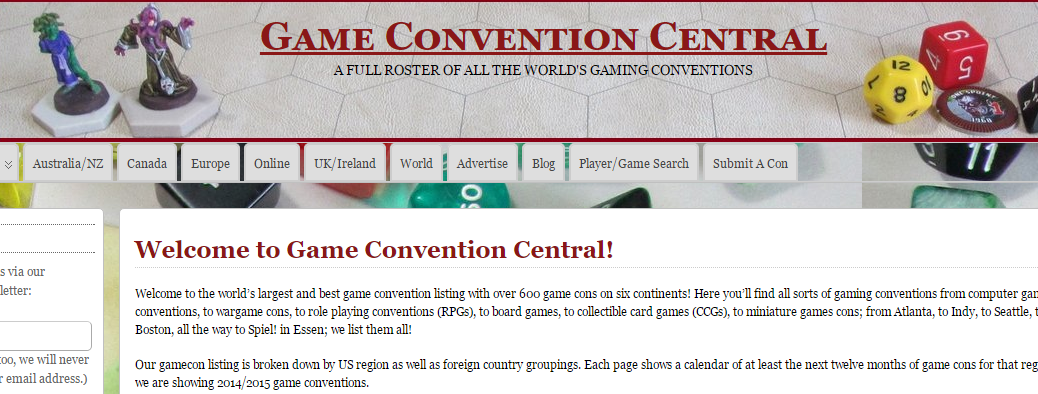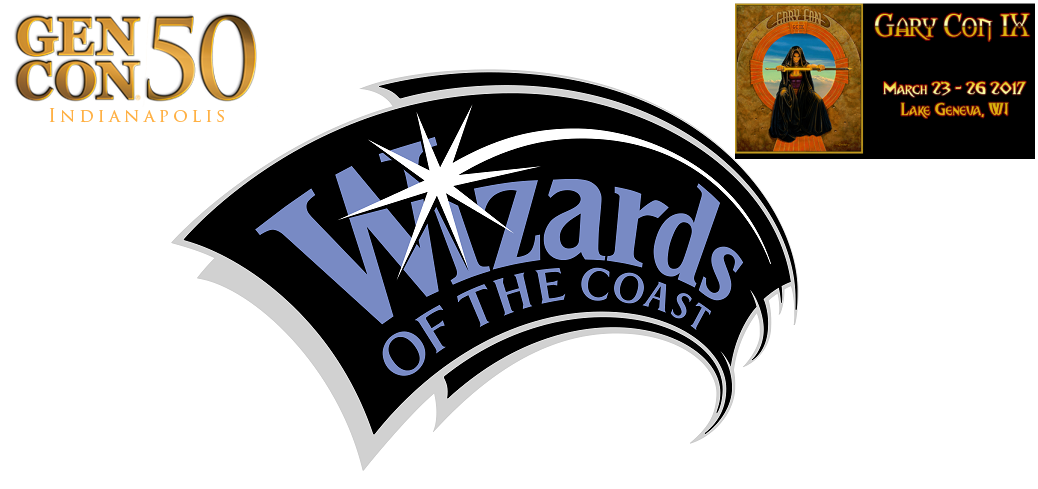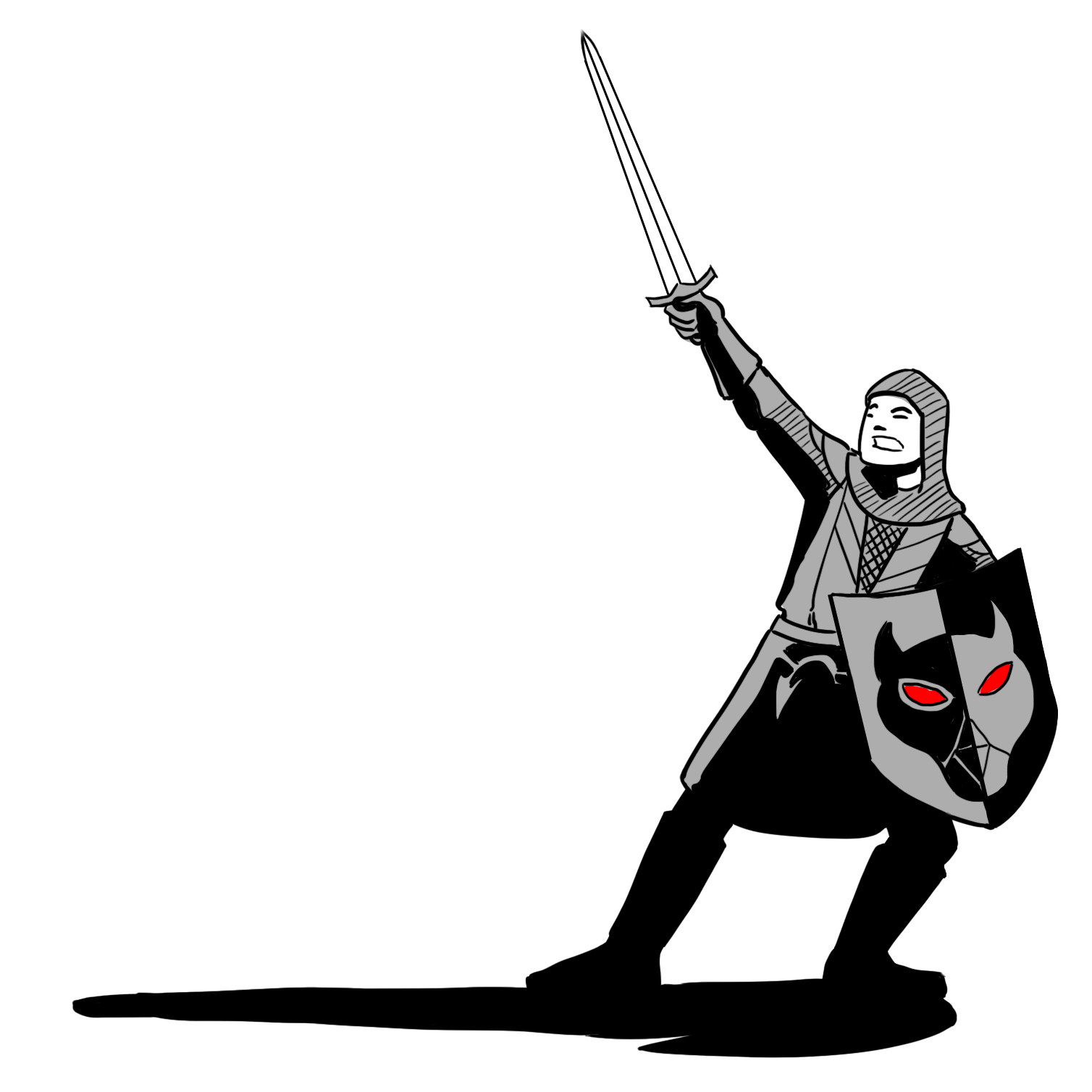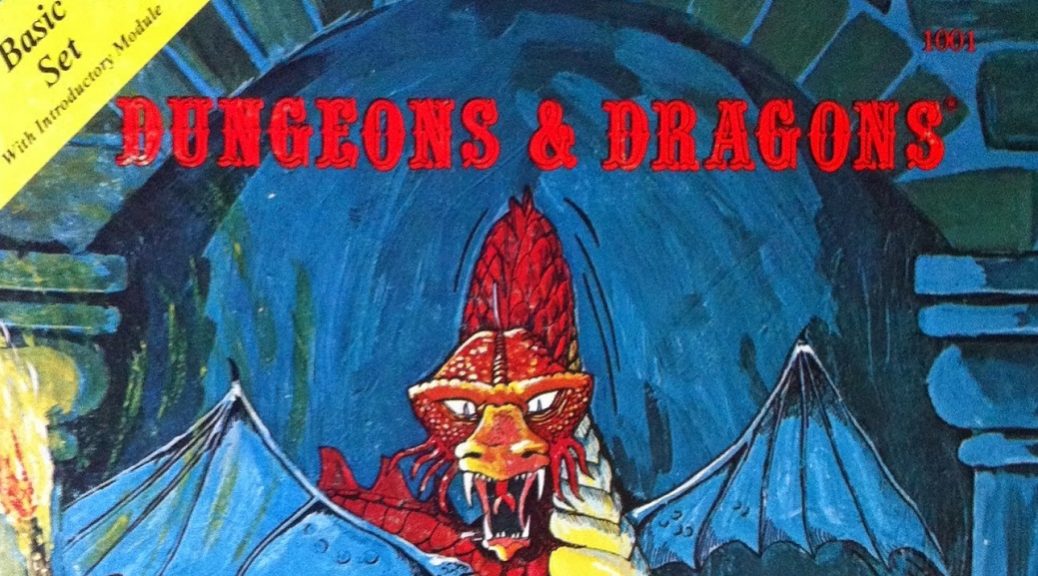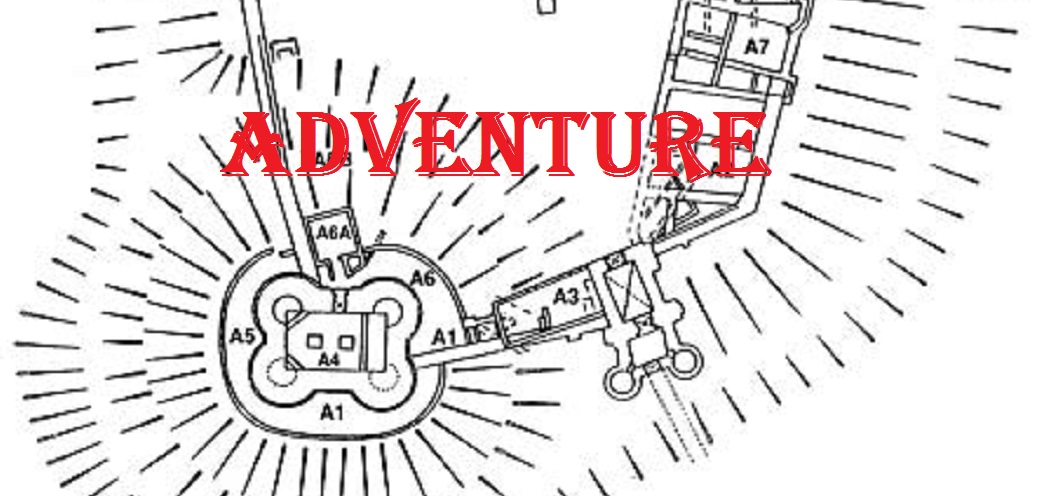The whole concept of making a dungeon, adventure, town, or wilderness interesting requires that the DM know the audience, i.e. the players.
Players who have never played D&D don’t know what to expect from the standard monsters from the Monster Manual. I DM AD&D and my sons and oldest son’s girlfriend were entertaining to me to see their reactions to standard creatures. First their were zombies, they were freaking out because their experience was that if you get bit by zombies you become one. Next they encountered a troll and it wouldn’t drop. Those and so many other things tell me that standard monsters are OK for new players.
However, if they are seasoned players or get tired of all the standard monsters change them. For example, instead of a room full of orc guarding piles of copper pieces, you have multiple options.
- Keep it as is. Potentially boring unless you add some other twist to the room, such as an illusion or them being under a spell to compel them to stay in that room.
- Swap the monster and the treasure for something totally different. Simple. Just pick any other creature and swap out. Or pick two other creatures and have them in the middle of a battle over a pile of gold, or whatever they both value.
- Give them the appearance of orcs, but they are really something else, like a shape shifter, or polymorphed dwarves. The piles of copper are really gold coins that have a spell on them that makes them look like copper.
- Be bold and randomize it all. Use Appendix D for Random Creatures From the Lower Planes for the appearance of a creature with the same stats as the original creatures.
- Or pick a tough monster with a puny treasure, or a massive treasure with a puny monster.
- Re-skin the monster. It might be a puny goblin, but change it’s appearance and abilities to make a new monster. Your world may not have goblins, but they have whozeewhatsis.
Treasure can be varied based on the few mentions above, or as follows:
- Treasure is easy to roll up something else. Throw in something from a different genre’s treasure table.
- Have a mundane looking item actually be magical. Perhaps it appears as a broken pitcher to hide its true nature.
- Have the monsters be the treasure and the treasure be the monsters. The 5 orcs are actually fine art statues of orcs or any other creature. They are guarded by an army of copper disk automatons.
- Hide the treasure in interesting ways. Make it invisible, or hidden in a secret room and it is invisible. Hide it by an illusion that reacts to the party. Hide it under a statue or in a hollow pedestal.
- Have a lever that when pulled releases the treasure:
- Into a viper filled pit, or better a mound of vipers on top of the treasure.
- Into a sewer guarded by an otyugh or other refuse loving creature.
- Onto the party requiring saves to avoid it or take damage.
- After multiple rooms of treasure being released by the lever, have a room that actually delivers it into fresh large sacks and ties them off.
- Decide how easy it will be for the characters to get homewith it.
- Antigravity on the tied off sacks
- Roll bend bars lift gates check to lift the sacks. If they set them down, roll again.
- Cursed sacks that polymorphs those who touch the sacks.
Ask some questions. What is the motivation of the monsters? What about the motivation of the treasure? Is their an intelligent sword the orcs have managed to avoid picking up? Or has the sword waited for the right moment to get out of this dungeon to fulfill its purpose?
One can do any number of things to mix up a published module, or to make one’s own adventures more interesting.
Be creative not just in the treasure, but in the rooms/locations and their appearance and furnishings. There are tables in the appendix of the AD&D DMG that can give ideas, but put a twist on them. Various retroclones have similar tables to assist.
A dungeon can be a simple as a one room tomb to a complex megadungeon. Every room doesn’t need an elaborate description. Every dungeon need not have such a specialized list of descriptions. A “vanilla” dungeon with “vanilla” monsters is OK too. Maybe throw in a jalapeño, totally unexpected in the context. Such a thing would cause the players to wonder why the odd twist, so be prepared with a backstory to explain it.
This is why reading a lot gives good ideas. It doesn’t have to be fantasy. It can be non-fiction or even technical. Put on your DM’s RPG frame of mind hat and mine those things for ideas. Take notes on any off the wall ideas that come to mind.
If you feel your well run dry, read RPG related blogs, G+ pages and communities, FB pages, Reddit, or RPG related forums. Some blogs put out regular tables of ideas for encounters, treasure, new monsters, etc. Take a break if you need it, whether you need to play for a while, or just need a session off.
Re-frame the pressure of game prep. It is supposed to be fun. If you have young children or grandchildren, take the funny things they say and work it into your game. There is a product called yogurt bites that when my granddaughter says it, sound like “ogre bites”. I decided that is a good name for a dish served at inns and taverns.
It doesn’t take much to add an interesting twist, however small that will engage your players. Given enough variety your players will be on their toes and not know what to expect at every turn.

